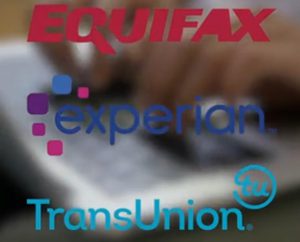FEBRUARY 12, 2020

Credit freezes and unfreezes with the three major credit bureaus — Equifax, Experian and TransUnion — will be free for everyone by federal law starting Sept. 21.
If you needed a reminder about why it’s important to freeze your credit, you got it Monday.
Four members of China’s military have been charged with hacking into Equifax’s computer systems in 2017 and stealing the personal information of about 145 million Americans from the credit reporting agency.
A freeze prevents lenders from pulling a person’s credit report – a key part of the approval process for a credit card or loan – essentially preventing fraudsters from opening a new account in that person’s name or the name of someone in their family.
Federal law allows people to freeze and unfreeze their credit at the three major credit bureaus without being charged. Prior to September 2018, it had cost consumers in almost half the states $3 to $12 per bureau to freeze or unfreeze their credit reports.
The law also extends how long a fraud alert remains on your credit reports from 90 days to one year. Less severe than a freeze, fraud alerts tell lenders that your personal data may have been compromised and to take extra steps to verify your identity before approving new credit.
How to “freeze” your credit report
Placing a freeze should be fast and relatively easy, although you will have to sign up for separate ones at each of the three credit bureaus.
Step 1: Go to the credit bureau websites and locate the “security freeze” link.
- For Equifax: www.equifax.com/personal/credit-report-services/
- For Experian: www.experian.com/freeze
- For TransUnion: www.transunion.com/credit-freeze
Type in your name, address, social security number and date of birth. (Note: You can also submit a credit freeze request via phone or in writing.) You may be asked to provide a previous address if you have lived at your current one for less than two years.
You also may need to answer a few questions about your background, including loans you’ve taken out, credit cards you hold or previous addresses to confirm your identity.
Step 2: Select the security freeze option. (Or if you already have a freeze in place, select whether you want to temporarily “unfreeze” it or remove the freeze permanently.)
Step 3: Jot down your PIN number, as you will need it to change the status of your freeze, like when you want to “thaw” or unfreeze it to get a loan for a new car or apply for a mortgage.
If the credit bureaus cannot sufficiently verify your identity based on the information you’ve provided, you may need to mail in copies of your driver’s license, utility bills or other supporting documentation to validate your identity and execute a freeze.
Courtesy/Source: This article originally appeared on USA TODAY










































































































